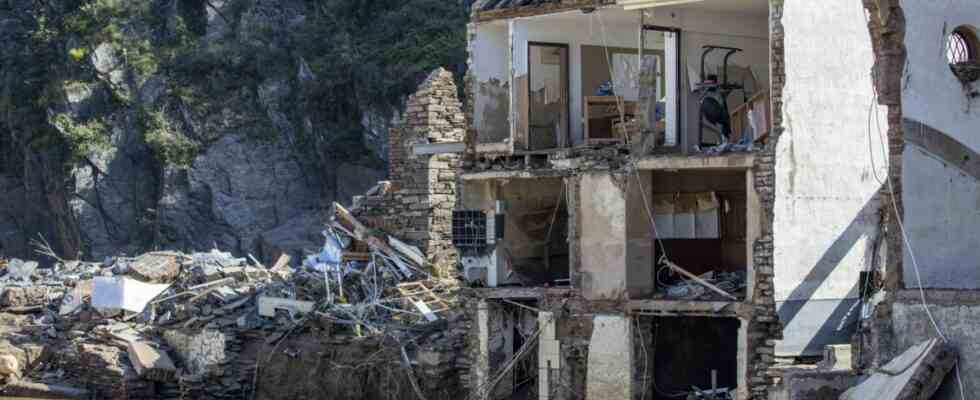In 2003, Cape Town experienced a severe drought that lasted into the following year. The authorities in the South African metropolis learned their lessons from this: They had another reservoir connected to the municipal water supply and developed water restriction strategies and communication campaigns in order to be prepared for the next drought. This followed in the years 2015 to 2018 and was so severe that, despite all precautions, the water reserves were almost completely used up and the economy suffered damage of 180 million dollars.
The example is just one of 45 pairs of droughts or floods that occurred at different times in the same place and were compiled from all over the world by a 99-strong international research team led by Heidi Kreibich from the German Geoforschungszentrum Potsdam (GFZ). They cover the years 1947 to 2019. Your comparison, the now in the journal Nature was published, shows that if the second flood or drought was weaker or just as severe as the first, the damage was usually less. On the other hand, when a drought or flood was followed by an even more extreme event, the impact was – in all but two out of 18 cases – the same or usually even greater, no matter how much risk management had been carried out in the meantime.
The authors explain this by saying that measures such as raising a dyke or enlarging a water reservoir are generally based on the last major event and are therefore not designed for an even stronger event. “We can deal well with events that we have experienced before, but much worse with even more extreme events,” says Günter Blöschl, head of the Department of Engineering Hydrology at the TU Vienna and co-author of the study. “It’s very difficult to adjust to something that hasn’t been there before.”
In the Ahr Valley, the focus was on the flood of 2016, which was relatively easy to control
Psychology also plays a role in this. Bloeschl speaks of a “distortion” in risk perception. “What we experience personally, we take much more seriously than what we have heard from other places.”
This was also the case with the flood disaster in the Ahr Valley in 2021: there have been floods of this magnitude in Central Europe before, including in the Ahr Valley itself – like in 1910. However, the people in the region would have orientated themselves on the most recent flood of 2016, which was not nearly as severe as the one that followed in 2021. “People felt safe from the experience that such an event can be controlled quite well,” says Kai Schröter, Professor of Hydrology and River Basin Management at the TU Braunschweig and also a co-author of the Nature-Study.
Climate change may exacerbate this problem by creating more “unprecedented events”. It increases the risk of flooding in some regions of the world and drought in others. Northern Europe, for example, has to be prepared for an excess of rain, while southern Europe faces a lack of water. With global warming of two degrees Celsius, economic damage from floods in the world and in Europe from droughts could double, according to forecasts more than triple.
Until now, science has believed that measures aimed at reducing people’s vulnerability can be used to prepare for possible natural disasters. “But if the intensity of the threat increases, that’s just not enough,” says Schröter.
New levees can encourage settlement in flood plains
As in the case of the drought that hit California between 2007 and 2009 and affected nearly two-thirds of the state. A drought between 2000 and 2003, on the other hand, affected just under a third of California’s area. Although the early warning system was improved afterwards, for example, the losses in the grain harvest were even greater during the severe drought that followed.
In some cases, risk management even backfires. New or higher levees may put more people at risk of flooding by encouraging them to settle in flood plains. Similarly, building water reservoirs can encourage farmers to irrigate additional land, potentially leaving local residents with less drinking water and rivers drying up. “Sometimes it can make sense to withdraw,” says Schröter.
But there will never be absolute protection. Irrespective of the adaptation, there is always a residual risk that you have to learn how to deal with, says the civil engineer and hydrologist. This means that people in endangered areas must be warned early on and learn how to behave in the event of danger. Bavaria and Austria, for example, had learned from the Danube floods in 2002 and were better able to absorb the even more severe floods in 2013.

